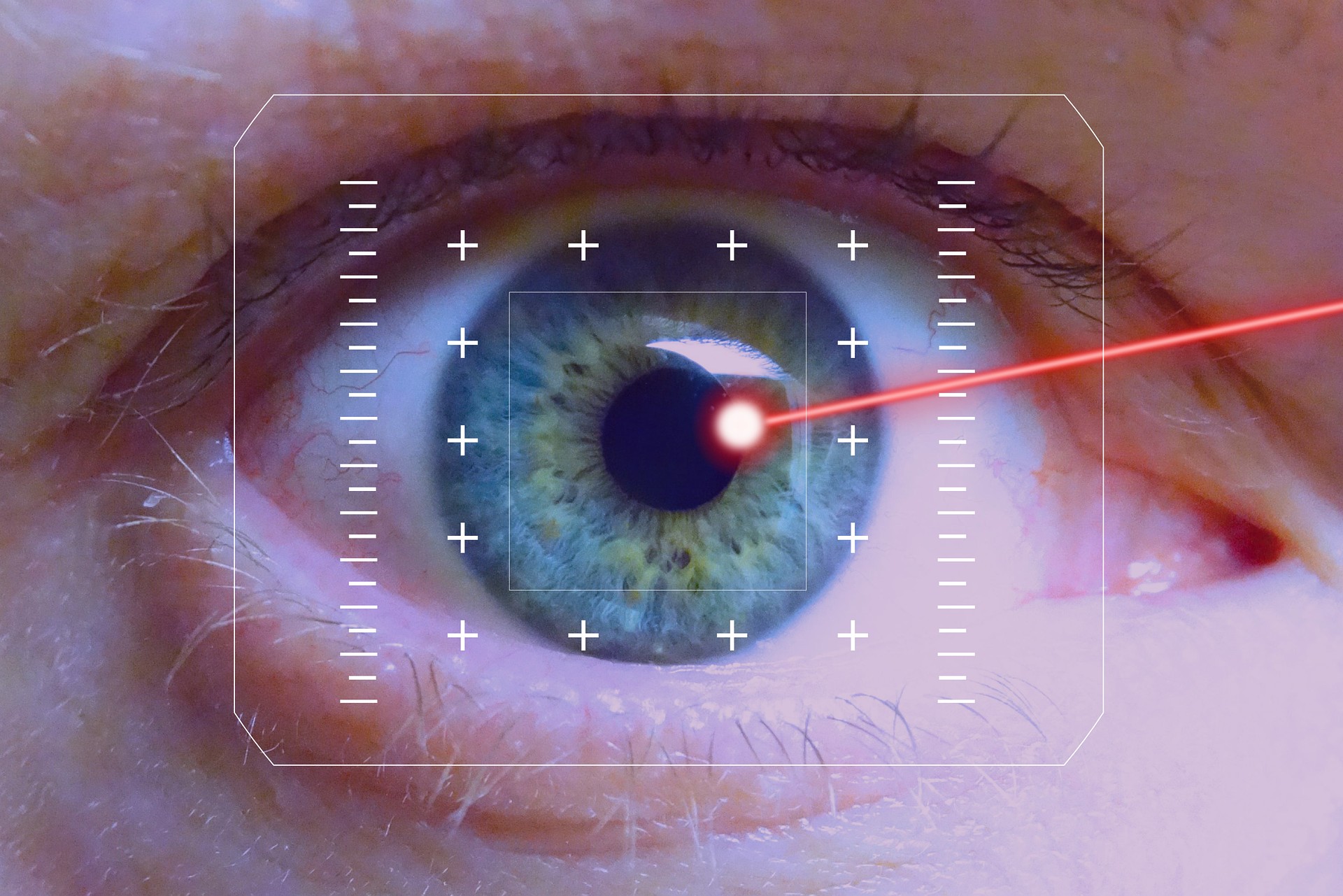Our vision is one of the most important sensory perceptions that accompany us in daily life. But not everyone is gifted with perfect eyes. Many people have visual impairments such as nearsightedness, farsightedness, astigmatism, or presbyopia. But thanks to modern technology, there is now a way to fully improve and restore vision: laser therapy.
We perceive the world around us with our eyes and can orient ourselves in it. Without good eyesight, our daily lives would be greatly restricted. We couldn’t read, watch TV, drive a car, or do many of the other things we take for granted. Therefore good eyesight is not only important to our quality of life, but also to our safety and independence.
What types of visual impairment are there and how can they be treated with laser?
Many people have visual impairments such as nearsightedness, farsightedness, astigmatism, or presbyopia. With the visual impairments listed, people earn significantly more again Freedom through laser therapy.
Laser treatment of myopia
Nearsightedness, also known as nearsightedness, is a visual impairment in which the eyes can see well up close but are blurry at a distance. This is usually caused by the long axis of the eye or the refractive power of the eye being too strong. Laser myopia treatment is performed by removing tissue in the central region of the cornea. This reduces the refractive power of the eye and improves vision.
Laser farsightedness treatment
Farsightedness, also called hyperopia, is the opposite of myopia. Here the eye can see well at a distance, but it’s blurry up close. The main reason for this is that the axis of the eye is too short or the refractive power of the eye is too weak. Laser treatment for farsightedness involves removing tissue from the outer region of the cornea. This increases the refractive power of the eye and improves vision.
Laser treatment for astigmatism
Astigmatism, also known as astigmatism, is caused by an irregular curvature of the cornea. As a result, the light is not refracted evenly, resulting in a blurry image. Laser astigmatism is treated by targeted removal of tissue at specific points on the cornea. This regulates the curvature of the cornea and improves vision.
Laser treatment for presbyopia
Presbyopia, also known as presbyopia, is a normal sign of aging. The elasticity of the lens in the eye decreases, making it more difficult to see clearly up close. Laser treatment of presbyopia is performed using the so-called multifocal laser therapy. The lens in the eye is changed so that it can see sharply for both distance and near.
How is laser treatment performed?
Laser treatment is usually performed on an outpatient basis and takes only a few minutes. Before treatment, the eye is numbed with drops to avoid pain or discomfort. Then a special device is attached to the eye to keep it stable during the treatment. Before treatment, you should check if your health insurance company covers the costs of laser treatment.
During treatment, an excimer laser is used to selectively remove tissue from the surface of the cornea. The laser beam is controlled by the computer and works very precisely. The amount of tissue removed depends on the type and extent of visual impairment.
- In the case of nearsightedness, the tissue in the central region of the cornea is usually removed to reduce the refractive power of the eye.
- In the case of farsightedness, on the other hand, the tissue in the outer region of the cornea is removed in order to increase the refractive power of the eye.
- In the case of astigmatism, tissue is removed from certain areas of the cornea to regulate the curvature of the cornea.
- In the case of presbyopia, multifocal laser treatment is performed, during which the lens in the eye is changed so that it can see sharply for both distance and near.
After treatment, minor symptoms such as dryness or burning in the eyes may appear, but they usually subside quickly. It is important to follow the aftercare instructions of your physician or ophthalmologist and to have regular check-ups to monitor the outcome of treatment.
Advantages and disadvantages of laser treatment
Finally, we have briefly summarized the advantages and disadvantages of laser eye treatment.
Advantages of laser treatment:
- Vision improvement: Laser treatment can improve or even completely restore vision in different types of visual impairment.
- Quick treatment: Laser treatment usually takes only a few minutes and can be done on an outpatient basis.
- Mild pain: Treatment is usually painless or causes only mild pain.
- Low complication rate: Laser treatment has a low complication rate and is a safe way to improve vision.
- An alternative to glasses or contact lensesAfter successful laser treatment, no further visual aids are usually required.
Disadvantages of laser treatment:
- Not suitable for everyone: Not everyone is suitable for laser treatment. Eligibility depends on various factors, such as the type and extent of visual impairment and eye condition.
- Risks and Side Effects: As with any medical treatment, there are also risks and side effects with laser treatment, such as dryness or burning in the eyes, sensitivity to glare, or halos around light sources.

“Certified tv guru. Reader. Professional writer. Avid introvert. Extreme pop culture buff.”







More Stories
Meta: New AI-powered advertising tools for more success in the reels
When Lilli and husband D do the work
AI Startup: Here are eight startup ideas